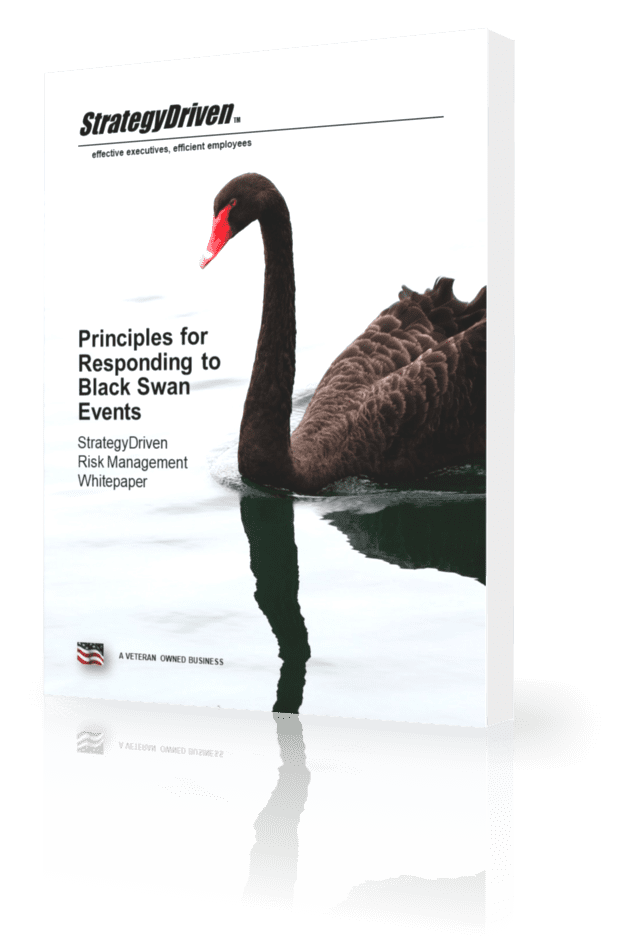What Is Agile Marketing? The Strategy You Need to Know About

Most people associate agile with the software development world. In a world where operational efficiency is critical, it was inevitable that agile would impact marketing. The allure of consistent growth and flexibility in operations demands that you know how to take advantage of agile marketing.
Here’s a primer to help you answer the question, “what is agile marketing?” and show you the benefits you can reap from it.
What Is Agile Marketing?
Agile marketing is the tactical process where marketing teams identify, test, and execute high-value projects collectively.
The agile approach can trace its origins to the software development sector. Here, teams craft development objectives over a particular period (typically seven days).
For the next seven days, every team member focuses on these few objectives. When the set time passes (or the project gets done), the team reviews to gauge its performance.
Agile marketing adopts a similar approach. A project will be split into tasks during the planning phase. The team then follows that up with the execution and a review of the project for future improvement.
Features of Agile Marketing
When a team plans to execute a campaign using agile methodologies, there are critical features they must consider.
They include:
1. Sprint
A sprint is the amount of time a team has to complete its project. Typically, a sprint can range from one to six weeks.
2. Team Work
A critical feature of an agile approach is that the team has to work together. Even when one member spearheads the project, each teammate will still need to contribute meaningfully.
3. Standup Meetings
With agile marketing, a team has to hold a brief meeting every day. During this meeting, each team member goes over their previous day’s actions. Additionally, each team member analyzes the challenges they experienced the previous day and lay out their plans.
4. Progress Tracking
Since everyone on the team needs to keep track of what’s happening in each sprint, you need a centralized information point. Thus, teams working through the agile approach use a board or software to track the progress. Every member then gains access to this information.
The Agile Marketing Process
Once you choose to adopt agile marketing, there is a workflow process you need to use as your guide. The ultimate goal of this process is to promote a continual setting of goals and executing them. Here’s an outline of the process:
1. Goals
The starting point for any agile marketing project is setting SMART goals. That is, goals that are specific, measurable, achievable, relevant, and timely. You should give each goal its appropriate priority and review it with every iteration.
2. Personas
Once you set the overall goals for your project, you need to zero in on your target audience. Creating buyer personas helps you accurately define who you want your campaign to impact.
A well-crafted buyer persona will accurately represent real audiences that your campaign can successfully resonate with.
3. Performance Indicators
You now know what goals your agile marketing campaign needs to hit. You also know who your marketing campaign is designed to reach. The next thing you need to do is develop key performance indicators (KPIs) to help you track the progress.
As you develop your project in each sprint, you should compare the results with your KPIs. Doing so helps you identify areas to improve upon for better results.
4. Jobs to Be Done
Jobs to be Done (JTBD) is a running list of tasks that the team needs to complete. During the regular sprint meetings, any action points you identify then turn into tasks you need to do. JTBD can also feature a list of tasks you plan to save for the future.
5. Journey Mapping
Although sprints are critical to ensure the task at hand gets done, you shouldn’t ignore future growth. You need to create goals and tasks for the future that can take your project where you want it to go.
Benefits of Agile Marketing
Agile marketing employs unique methodologies to deliver compelling benefits for your campaign. Let’s take a closer look at some of these advantages.
1. Clarity
A significant advantage of agile marketing is that it clears up any ambiguity with your project. With each sprint, you get to develop specific action points that move your campaign forward.
On top of that, as you track and analyze each stage, you get to test what works best. Thus, your implementation moves from a guesswork approach to a precise effort.
2. Flexibility
Agile marketing places a premium on the ability of the team to respond to changes throughout the project. As you assess the work done in short periods, you get to respond faster to any dynamics that face your project. The result is a more flexible workflow that helps you achieve the results you need.
3. Data-Driven Growth
Agile marketing campaigns rely on real-time data to inform the decisions you make. Consequently, you have better odds of developing more reliable strategies. As you execute one reliable strategy after another, you deliver consistent growth.
Whether you’re working with MediaFace marketing agency or marketing partners, finding out about their data capabilities is critical. Take time to ask them how they plan to leverage real-time data to boost your campaign.
4. Nuanced Campaigns
Spray-and-pray marketing is ineffective because it does not go as deep, despite its broad reach. Therefore, while many people get to see your campaign, a significant number of these viewers don’t fall into the category you want to target.
Agile marketing helps you develop accurate buyer personas that get you to understand your target audience better. The more you know your target audience, the better you can predict their buying decisions.
Such focus on getting to know your audience with every iteration enables you to make smaller marketing audiences profitable.
Agile Marketing Has the Power to Lift Your Campaign
Agile marketing holds the capacity to help your team respond to changes faster and be more efficient. To get the most out of this approach, you need insightful responses to the question, “what is agile marketing?” Understand the elements you need to make the strategy successful and train your team to execute on them.
Are you a busy executive looking to grow your organization? Check out more of our content for insights that can help your business deliver superior results.













Leave a Reply
Want to join the discussion?Feel free to contribute!